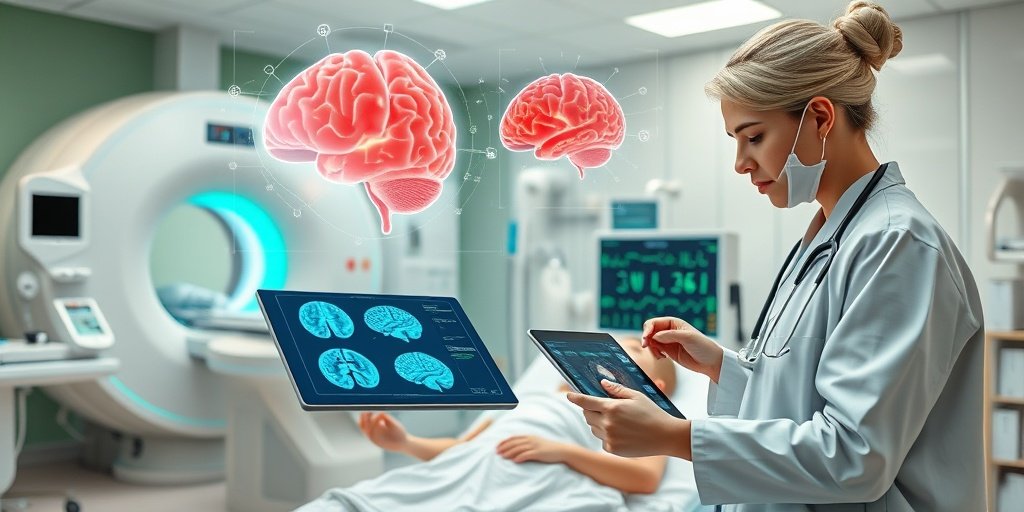
Artificial Intelligence and Radiogenomics for Pediatric CNS Neoplasms.
AI & Radiogenomics in Pediatric CNS Tumors: 2021 WHO guidelines enhance diagnosis via molecular profiling. Promising future ahead! 🧠✨
Discover the newest research about AI innovations in 🩹 Emergency.

AI & Radiogenomics in Pediatric CNS Tumors: 2021 WHO guidelines enhance diagnosis via molecular profiling. Promising future ahead! 🧠✨
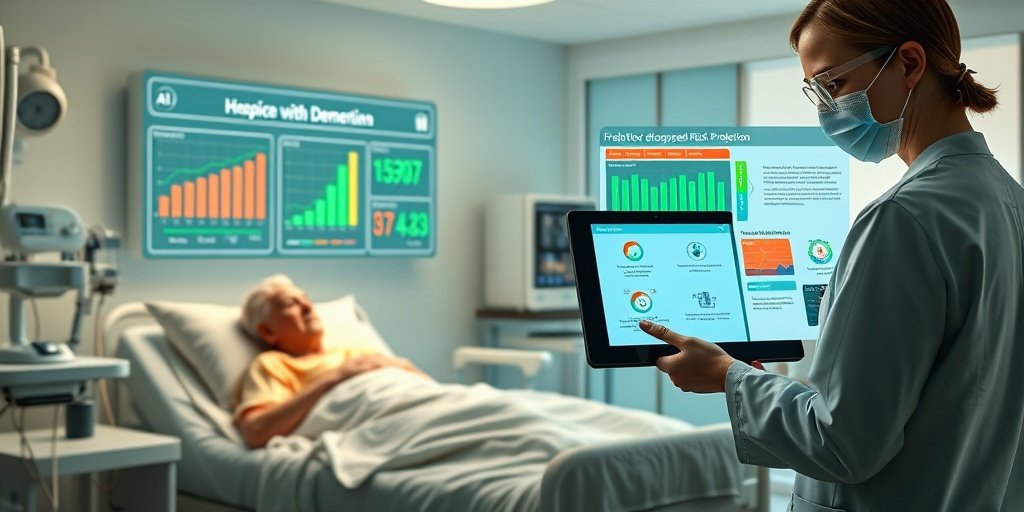
GPT-4o predicts 6-month mortality in dementia patients, aiding hospice referrals with AUC of 0.79 and aHR of 31.02. 📊💡
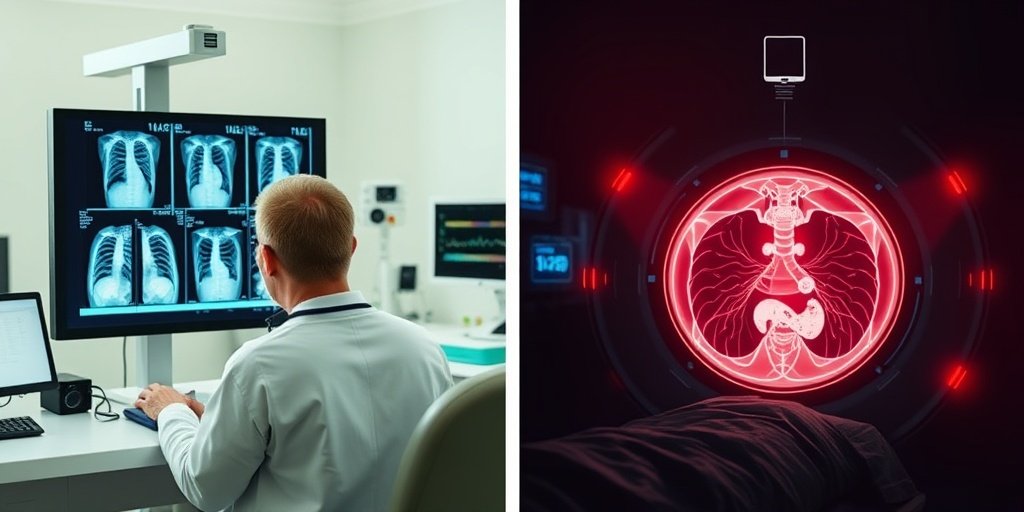
AI in Chest Diagnostics: Evaluating Implementation, Costs, and Experiences in NHS Networks 📊🤖
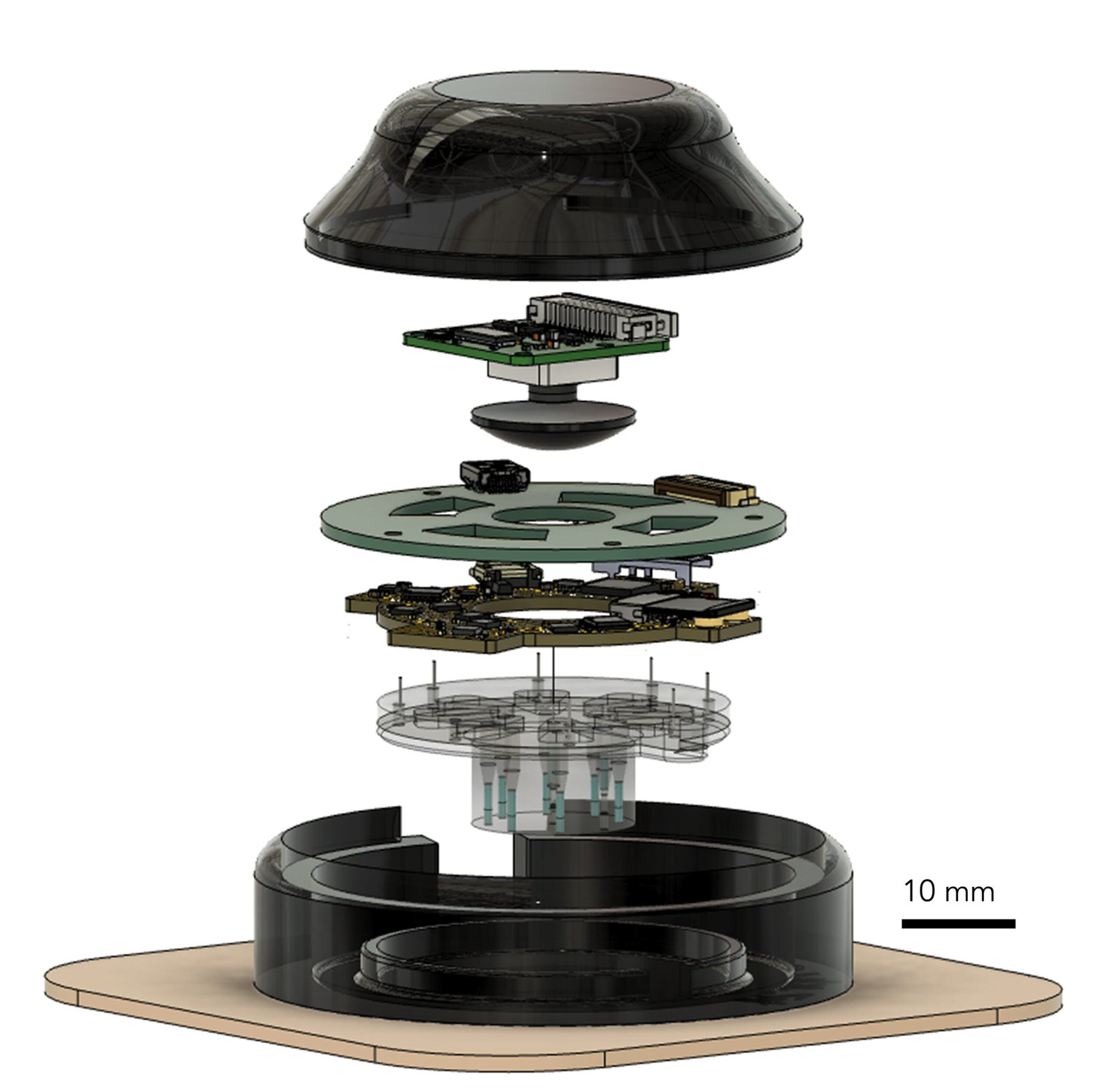
AI-Enhanced Wearable Device Speeds Up Wound Healing 🩹🤖. The “a-Heal” device uses AI and bioelectronics for personalized treatment.
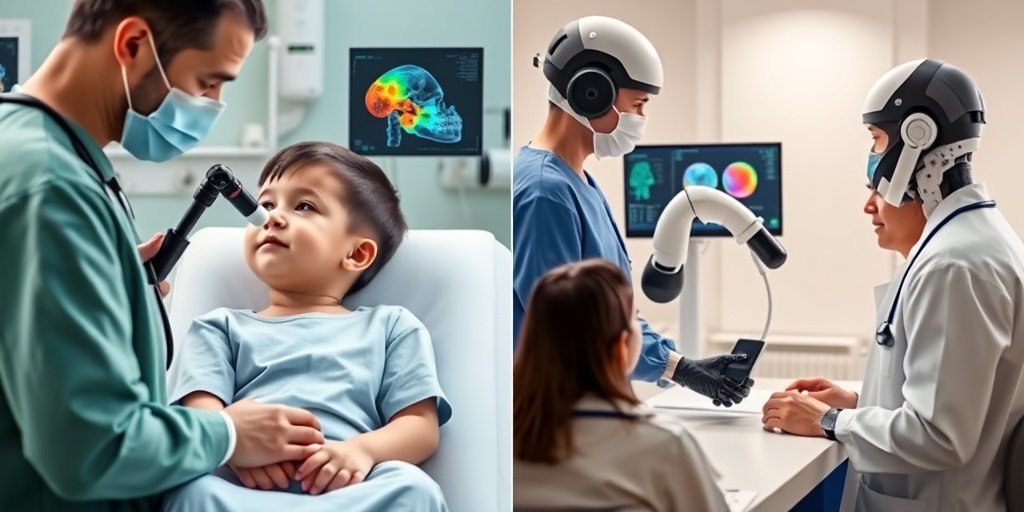
Airway foreign body aspiration poses risks, especially in children and seniors. Recent studies show 98-99% diagnostic accuracy with advanced imaging. 🩺🔍
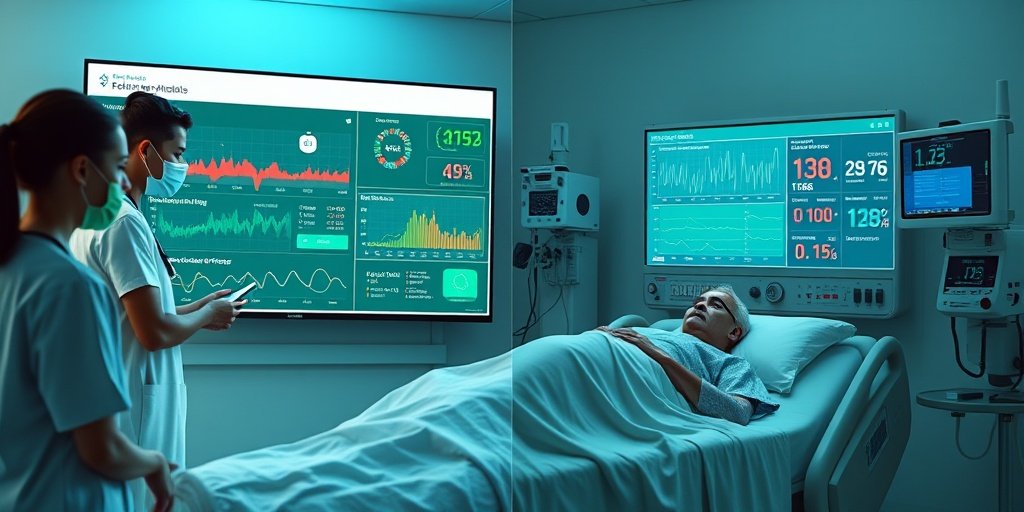
Machine learning predicts 30-day mortality in diabetes patients at ED with 86-97% sensitivity. 📊⚕️
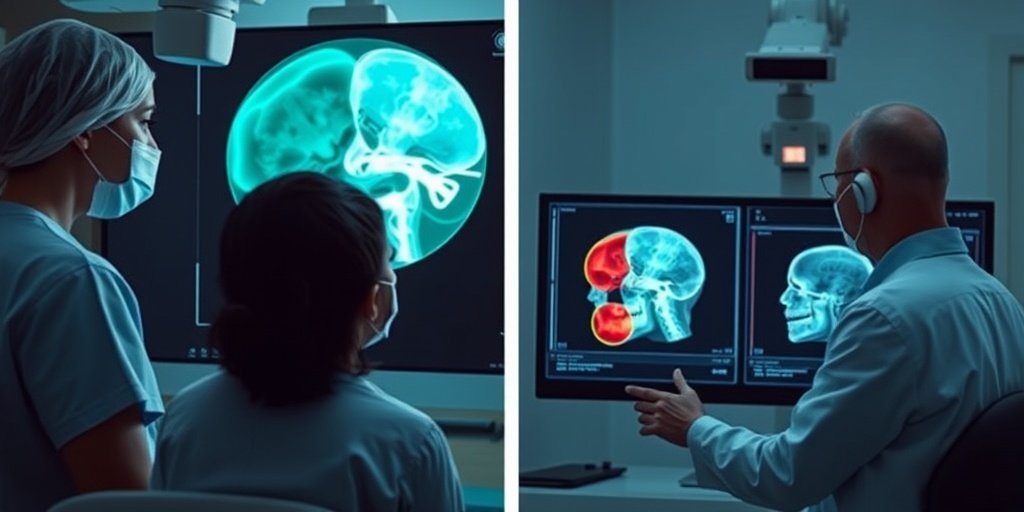
Deep learning model detects orbital fractures in youth radiographs: AUROC 0.802, sensitivity 65.8%, specificity 86.5%. 📊👁️
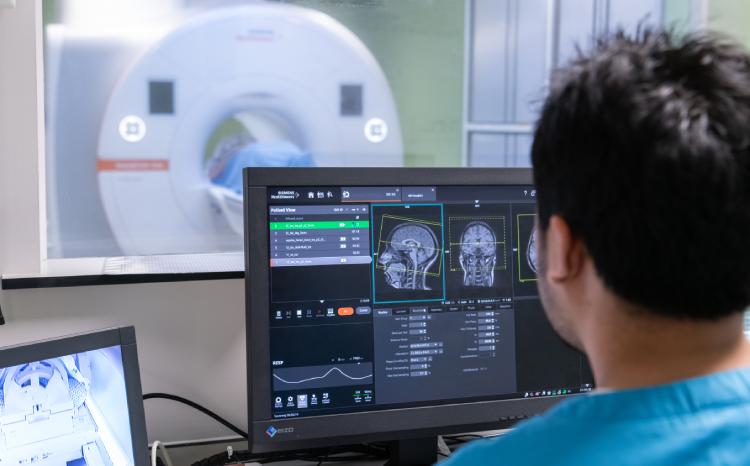
Remote MRI scanning pilot reduces patient wait times and DNA rates, enhancing flexibility and training efficiency. 🏥📉

Lung lobe segmentation tools evaluated: TotalSegmentator excels, while data diversity enhances model accuracy. 📊🫁

AI in Emergency Toxicology: Enhancing Decision-Making Amidst Challenges 🤖⚠️